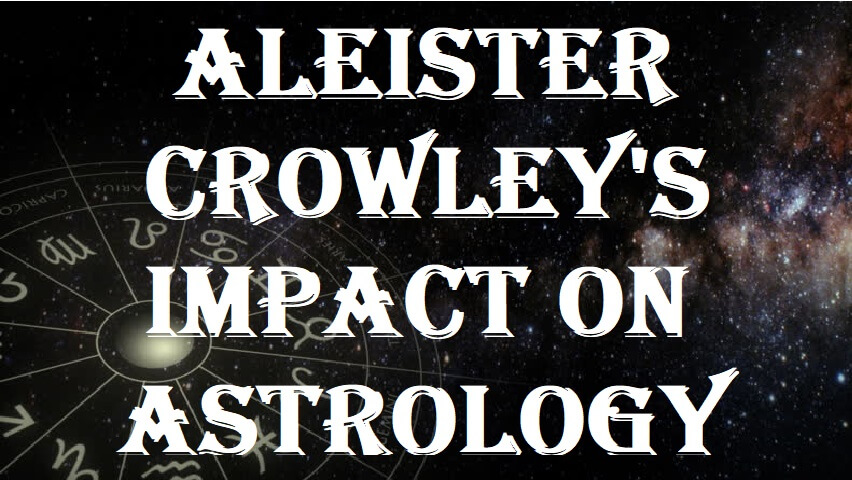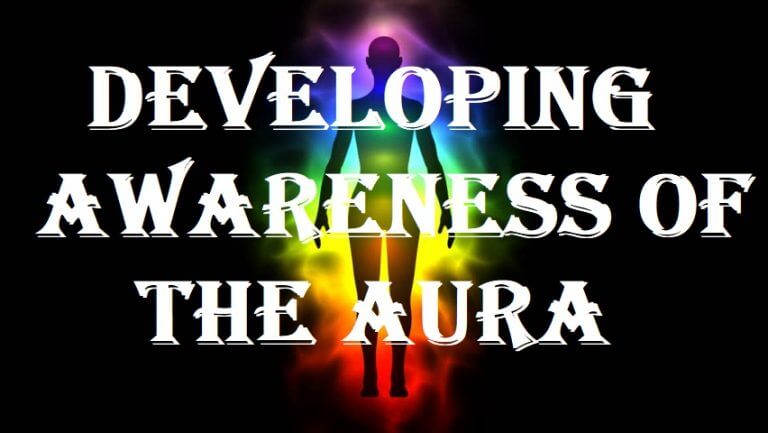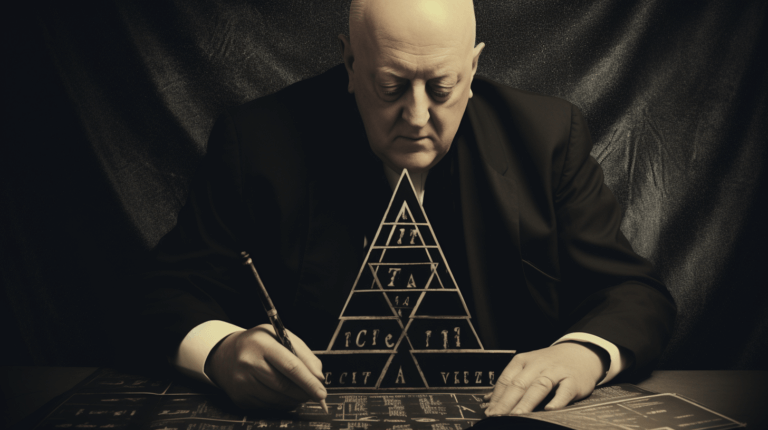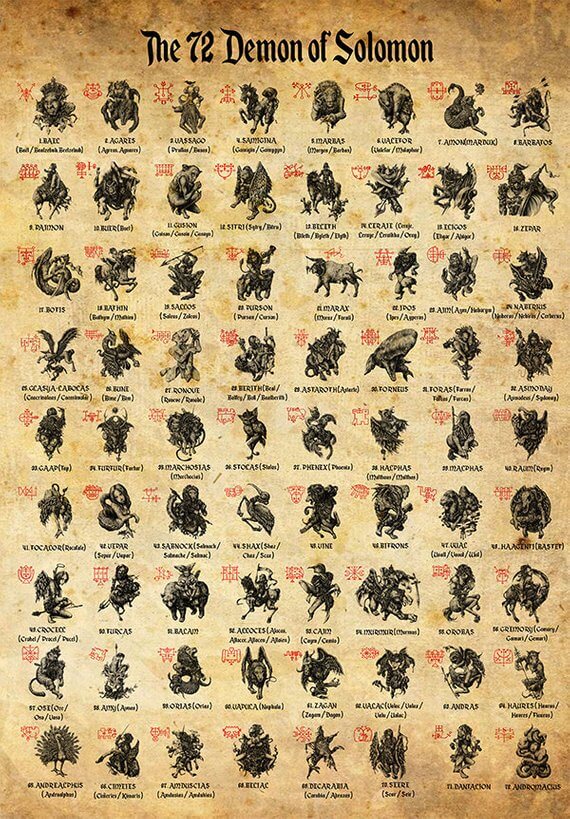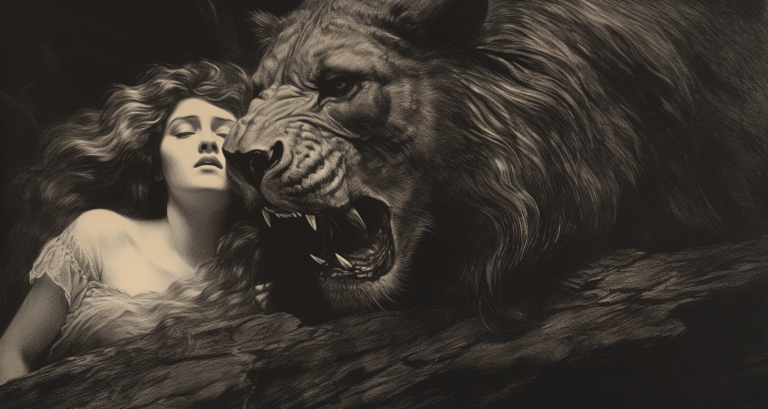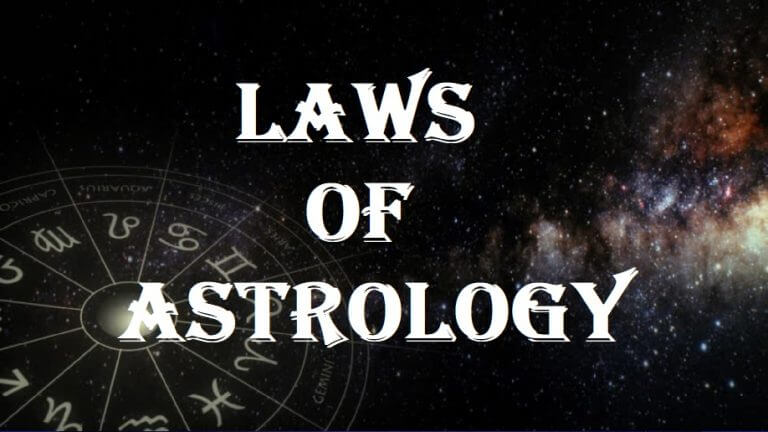Aleister Crowley’s Impact on Astrology
Learn about Aleister Crowley’s impact on astrology. Aleister Crowley, a well-known man for his magick knowledge contribution had met astrologer Evangeline Adams in 1914 through a common associate in New York. By then, like now, his fame preceded him, for better or worse, however, the two seemed to hit it off strong enough in polite company. As Evangeline had a prolific work and understood precisely how to create the charts she needed for her plans, Crowley’s experience of the matter itself was far more widespread and much more complicated. Some section of his work, essentially, was to set the laws of magic (his spelling) on sound logical grounds or drop them. There was one minor issue: as far as he could know, she had no concept how the practice really worked. “The quite popular astrologer in the United States (Adams)….did not understand that the solar system was basically a disk”. The contribution of Crowley did not just end in assisting others. In fact, this was just the start and he even advanced to enhance his own works.
 A reconstructed manuscript by Aleister Crowley that was released in 2002 as The General Principles of Astrology, can be a solid document as compared to some more successful treatments, however, it is worth its weight. Actually, its contents reveal the impact of Aleister Crowley’s classical education in both Magick and scholastics, as well as the impact (and straight inclusion) in one of Adam’s releases of 1927 Astrology well known as the Your Place in the Sun and Astrology of 1930 (Your Place Among the Stars). These two authors would part bitterly- With Aleister Crowley getting no compensation for his disputes, the outcome of which would turn out as two quite successful books in Adam’s name that are is surprisingly been being reprinted to date!
A reconstructed manuscript by Aleister Crowley that was released in 2002 as The General Principles of Astrology, can be a solid document as compared to some more successful treatments, however, it is worth its weight. Actually, its contents reveal the impact of Aleister Crowley’s classical education in both Magick and scholastics, as well as the impact (and straight inclusion) in one of Adam’s releases of 1927 Astrology well known as the Your Place in the Sun and Astrology of 1930 (Your Place Among the Stars). These two authors would part bitterly- With Aleister Crowley getting no compensation for his disputes, the outcome of which would turn out as two quite successful books in Adam’s name that are is surprisingly been being reprinted to date!
The first of these works, Astrology: Your Place in the Sun of 1927, bound in the blue material and emphasizing a bold sun blaze on the cover, shows the basics of the practice: the symbols of Zodiac, the asteroids and their power, ascendants, and possibly most importantly how to really cast a horoscope by the application of an ephemeris and the needed computations. Undoubtedly, the fundamental materials are Crowley’s own hand and the same expressions that carry his creation. Each of the records of those signs themselves, with a lot of associations both carry the sign of a person steeped in the syncretic practice of magical work at the time.
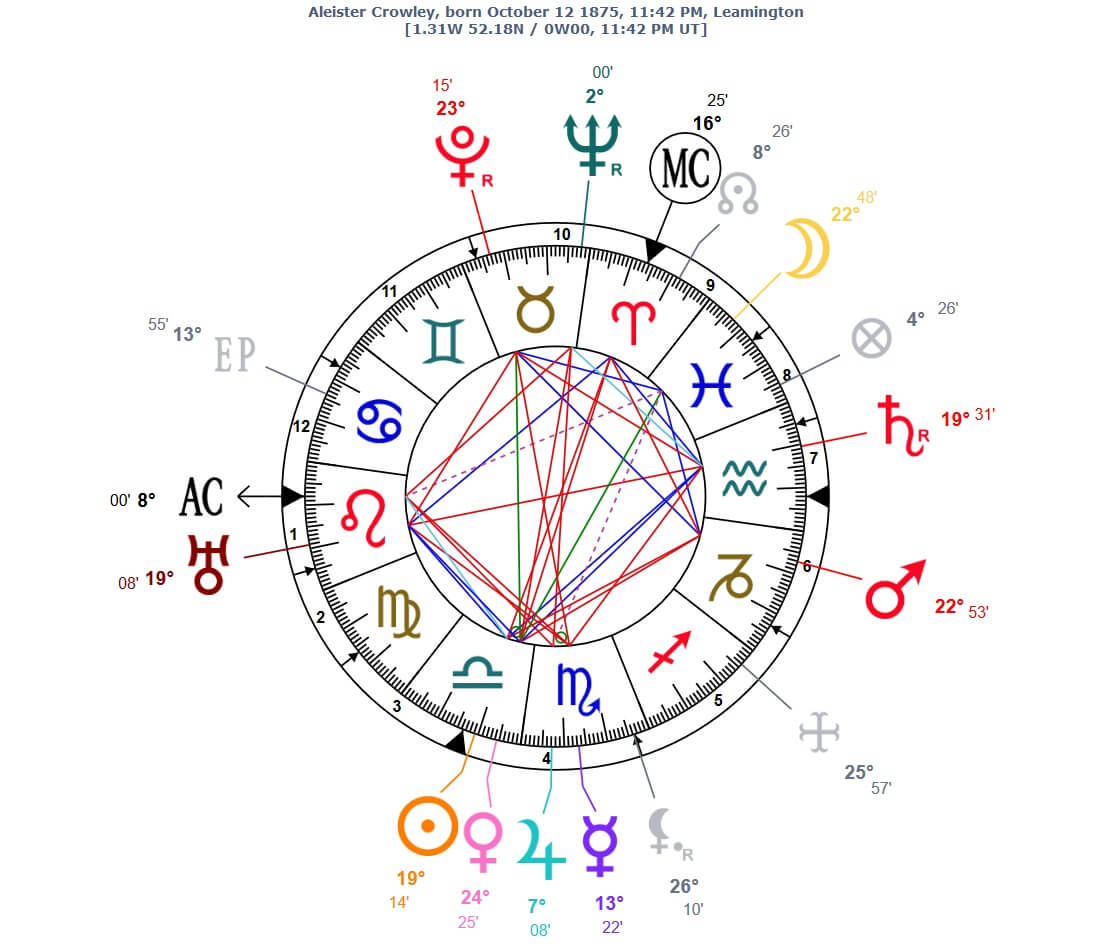
Even as Adams would not have been the one citing Ptolemy, it is fairly true that her hand is apparent in the work; therefore, it was not completely passed off. Succeeding chapter, particularly those associated with her specific process of casting horoscopes aforementioned, are definitely hers and tie themselves against current events of a clearly American character, like Lindberg’s inspiration over the Atlantic. These statements also apply the more advanced circular setup of Adams’ custom instead of the more classical square variant that Aleister Crowley was wont to exercise.
In Astrology: The 1903’s Your Place Among the Stars, Adams developed on (and benefited from the prevalence of) her past release. Just like with the initial volume, the introduction completely Crowley in content and style, with reference to famous European characters- an issue that did not go unidentified by the new editor that belongs to The General Principles of Astrology. Its entire content goes deeply into the depth on the impact of each planetoid in each sign of the Zodiac, comprising Neptune and Uranus, on which the work had more or less been silent. In addition to that, it is evident that Aleister Crowley’s hand participated in this too, with in-depth descriptions of the signs, comprising well-known public characters with which those circumstances could be connected. A modern examination of this work sees the remarkable significance of Adam’s elaborations of planetary mythology, all of which it definitely came from Aleister Crowley. Adam added a collection of horoscopes of her own making just at the last part of the book, more so, in a circular form she loved, still, the majority was all Aleister.
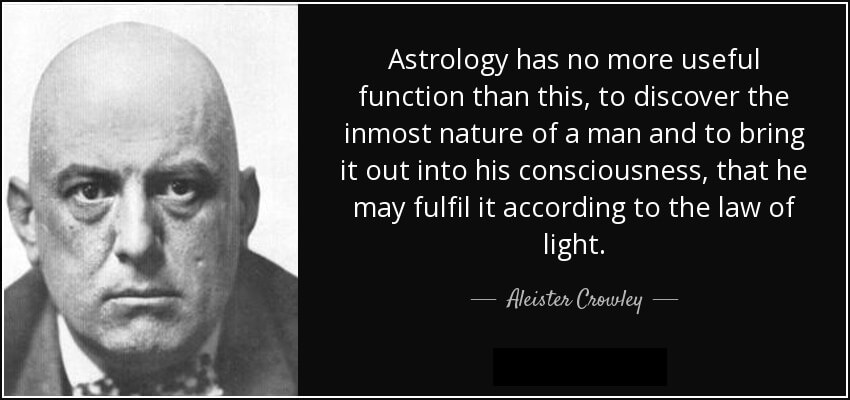 One of the interesting things you would discover in the unraveling of this past is that in case you go back and see these distinct works, it reveals perfectly how much work was carried out in the hunt for a general but thorough guide to astrology. The whole total of the work is effective, dauntingly so, and one can realize the reason why Crowley was at so many pains to achieve it. You may give any view you have about the man, and there exist valid criticisms to be put against the more generally wicked (and commonly formed) ones, however, in case the impact of these works is as articulated as they are considered to be, then we certainly have Adams to appreciate for their reputation, still Aleister Crowley for its content. That is a fact!
One of the interesting things you would discover in the unraveling of this past is that in case you go back and see these distinct works, it reveals perfectly how much work was carried out in the hunt for a general but thorough guide to astrology. The whole total of the work is effective, dauntingly so, and one can realize the reason why Crowley was at so many pains to achieve it. You may give any view you have about the man, and there exist valid criticisms to be put against the more generally wicked (and commonly formed) ones, however, in case the impact of these works is as articulated as they are considered to be, then we certainly have Adams to appreciate for their reputation, still Aleister Crowley for its content. That is a fact!
